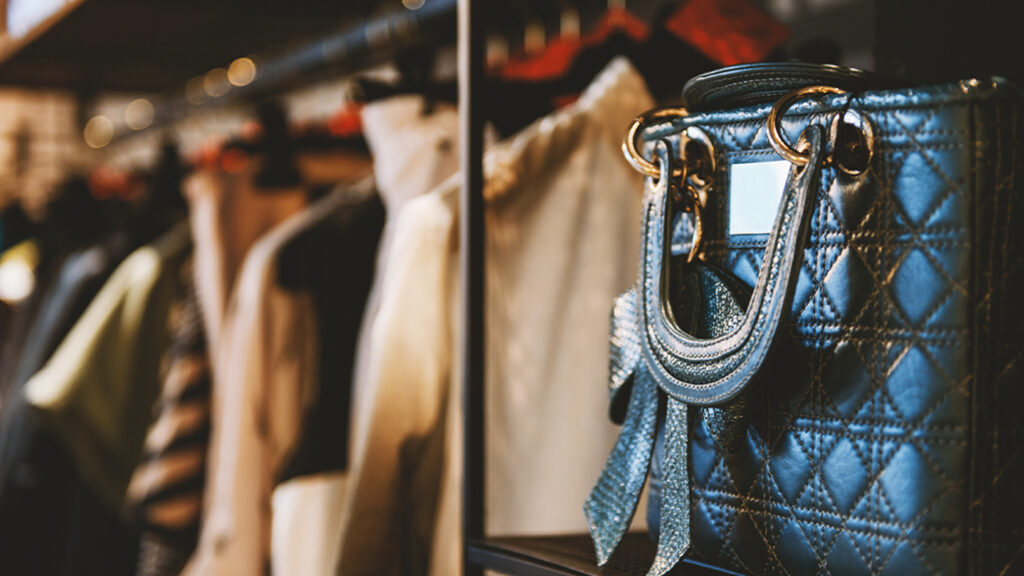Luxury brands have had quite a year with retailers jettisoning from lackluster consumer spending to plans for global expansion. According to Bain & Company, the global market for luxury goods is expected to grow by 3%-8% in 2023 alone, and analysts suggest that it will reach nearly $370 Billion in revenue by 2030. China’s economic rebound, the return to European tourism, and a burgeoning market in Japan contribute to the speculative growth.
The Global Luxury Market
Retailers in the luxury market have experienced up to 20% decline in revenue this year, compared to higher spending from 2020-2022. This shift has luxury brands exploring new markets in China, India, and the Middle East, where middle-class growth and an appreciation for luxury goods drive spending.
“Fashion has always been a global form of self-expression, but the onset of the pandemic galvanized the industry—compelling many brands to reevaluate their operations, fulfillment, and engagement more holistically. Luxury brands are increasingly embracing, celebrating, and paying homage to unique customs steeped in centuries of tradition beyond the geography of Europe,” shares luxury strategy consultant Lisa Carolina Martinez. “We’ve seen an increasing number of events hosted throughout Asia—Dior’s Fall 2023 Show in Mumbai, the Gucci Cruise Show in Seoul, and Louis Vuitton Women’s Pre-Fall in Seoul–a signal of the reinforced commitment by heritage and prestige beauty brands to expand their presence into Asia/APAC to capitalize on the region’s increasing affluence.”
LVMH, Hermes, and Bruno Cucinelli experienced a surge in sales from their Asia outposts, driven by Lunar Year celebrations and consumer spending. The region’s future affluence, supported by the rising wealth of Gen-Z, has prestige brands establishing a physical bridge to the digitally connected generation. Dubai welcomed Chanel’s launch of an accessories boutique. Gucci’s recent “Ramadan” collection suggests the Italian designer strategically leverages its twenty-nine stores across the Middle East and Africa to broaden their consumer base. And Egypt will be the focus of Dior’s 2024 expansion plans.
 Anjee Solanki
Anjee Solanki
“Despite economic uncertainty stateside, with middle-class consumers feeling financial pressures, affluent clients will become more selective in spending. It allows businesses with a strong brand identity to tap into those American dollars.”
There’s No Place Like Home
Despite economic uncertainty stateside, with middle-class consumers feeling financial pressures, affluent clients will become more selective in spending. It allows businesses with a strong brand identity to tap into those American dollars.
U.S. luxury retailers like Restoration Hardware are banking on that potential by investing closer to home. The furniture manufacturer has committed to developing a dozen Gallery showrooms in the Americas and launching forty smaller Design Studios with a 2,000-SF to 5,000-SF footprint. Cartier is also making a play in the USA, concentrating on secondary and tertiary markets that have seen a recent population boom as Americans move away from the coasts to more economically friendly cities like Austin, Detroit and Seattle.
The new year renewed interest from elite luxury brands like Louis Vuitton, Chanel, Gucci, and Dior to invest in New York’s shopping avenues. Hermes opened its largest French Maison, a 20,250-square-foot flagship store on Madison Avenue, and a spring refresh brought Tiffany & Co’s highly anticipated ‘landmark’ flagship to Fifth Avenue. The revitalization of New York’s shopping corridors has inspired an influx of buzzworthy brands–more than 150 luxury boutiques and counting to stake a claim on the famed Avenues. Hive & Colony, a bespoke menswear brand, will also open soon. “We’re excited to establish Hive & Colony with a New York flagship location. Bespoke menswear allows men to curate their wardrobes, project their brand and attain sartorial excellence in a way that only Madison Avenue’s exclusivity, distinction, and sophistication can,” shares Marianella Mace, Chief Marketing Officer.
The future of the global luxury market is bright. Although some retailers have experienced a slight decline in revenue due to lackluster consumer spending in the United States, others are exploring emerging markets that offer significant growth potential. Luxury brands that can adapt to the changing market will be well-positioned for success in the future.



 Aaron Jodka
Aaron Jodka Nicole Larson
Nicole Larson
